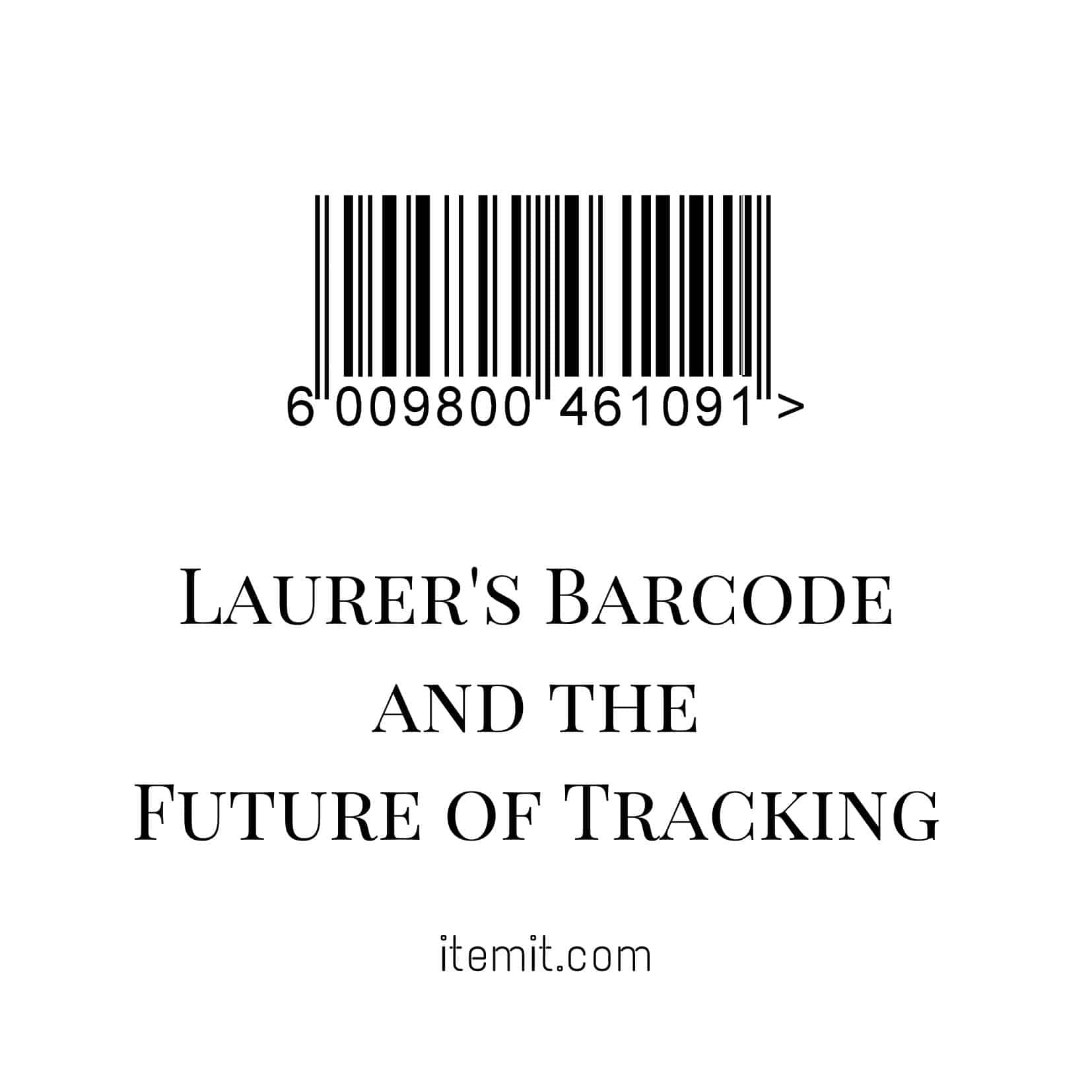
Let’s take a moment to consider how the first scan of a barcode on a pack of Wrigley’s Juicy Fruit chewing gum forty years ago changed everything we have taken for granted in our modern society. There would likely be no online retail stores like Amazon as we know them, let alone one-day Prime delivery services. We certainly wouldn’t have convenience stores as we know them today and asset tracking software would likely be much more inconvenient indeed.
A tribute to George Laurer
Without George Laurer’s barcode, we might live in a world where we’d need to queue for hours at a time just to get through the checkout at our local supermarket. As for the stock on the shelves in our supermarkets, it would likely be the case that stock would run out far more frequently and we’d be faced with empty shelves for some time before inventory is replenished. Asset tracking software as we know it would be impossible without the use of barcodes.
We could also speculate that without the barcode, shoppers would have less variety in-store and have to pay much more for those items being sold. It would be impossible to scan an item’s barcode to get any online comparison. On the plus side though, there would be no more incessant beeping at the checkout counters!
Barcode and Equipment Tracking
George Laurer’s Universal Product Code (UPC) barcode is still being used, mainly in the United States. The inconspicuous-looking 12-digit UPC code is packed with information that identifies the manufacturer of the product, what product type it is and also includes a way to check that the information was read correctly. Since then, the world outside the United States has adopted the EAN barcode standard and almost every single product in the world has a barcode.
When it comes to technology advancements, we have come to expect new technology to replace old technology at an ever-increasing speed. Since George’s invention of the barcode, which was originally intended to speed up the scanning of items at the checkout, the world has gotten a lot more demanding. Now, the original barcode is showing signs of age. One of the biggest drawbacks of barcodes is that they are not unique. You will have experienced this at the self-service checkout counter, no doubt, where if you scan the same product twice, you will be charged for it twice! Advancements in technology mean that there are now widely available alternatives to the barcode. We refer to these as auto-identification (auto-ID) technologies.
RFID Asset Tags
The RFID revolution is simmering in the background of these technological and requirement changes. RFID tags contain a globally unique identifier and offer many advantages over alternative tagging options, enabling an RFID reader to scan 1,200 unique items per second theoretically! This means that asset tracking software today can resolve even more problems facing stores and manufacturers.
With the advent of smartphones, there are plenty of asset tracking apps built around scanning a barcode. In the case of itemit, we supercharged Laurer’s traditional barcode with a Quick Response (QR) tag that contains a globally unique identifier. Our asset tracking software allows you to store, update and retrieve information about your items straight from your phone and all your data is securely backed up in the cloud. Our itemit tags make it easy for you to share items with your friends and colleagues, and even help you recover items that you lost through our unique public profiles feature!
We pay our tribute to George Laurer for his work creating the barcode as we know it, alongside Joseph Woodland and we pledge to continue to drive forward asset tracking software innovation in taking the barcode and our supercharged QR codes to exciting new heights.
George Laurer – 23 September 1925 to 5 December 2019.

Try itemit
Choose a better way to track
your assets.
Start your free 14-day trial now!

Keep Learning
itemit Blog
Tips, guides, industry best practices, and news.
Track Your Agricultural Assets With RFID Tags
Discover how RFID technology enhances agriculture management with better inventory tracking, livestock monitoring, and operational efficiency, even for small farms.
Which Is Better? RFID Tags Or Barcodes?
Is RFID asset tracking better than using barcodes or is it vice versa? Read this post now to discover which option is ideal for you!
The Future Of Asset Tracking Involves RFID Tags: Here’s Why
Find out exactly why the future of asset tracking in the workplace involves RFID asset tracking by reading this article now!


